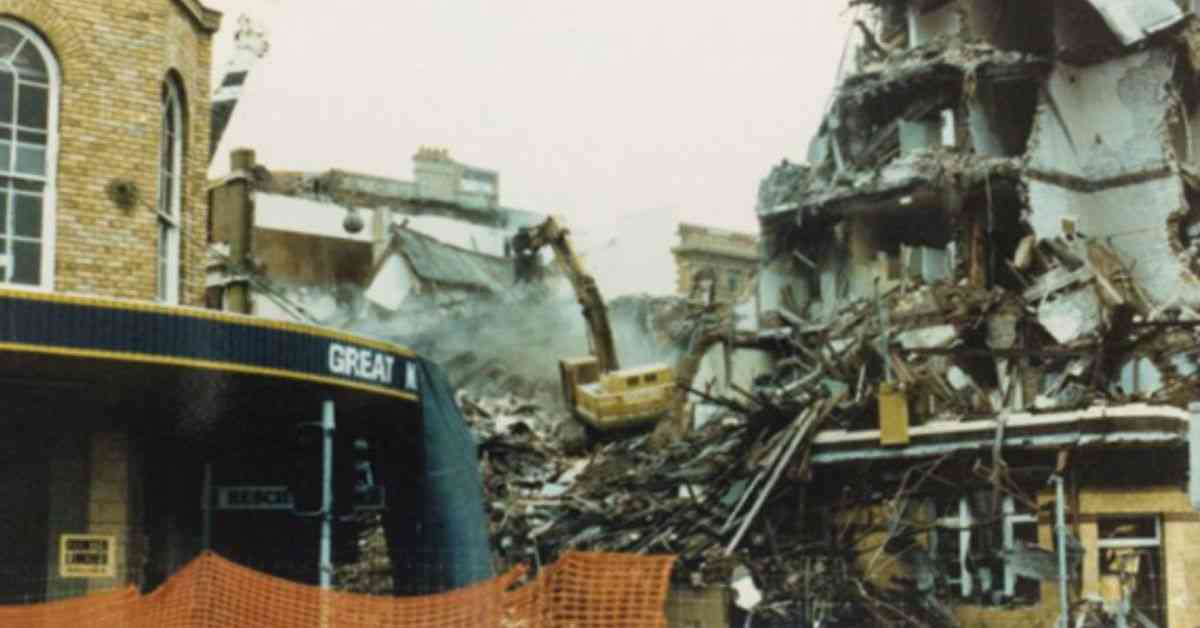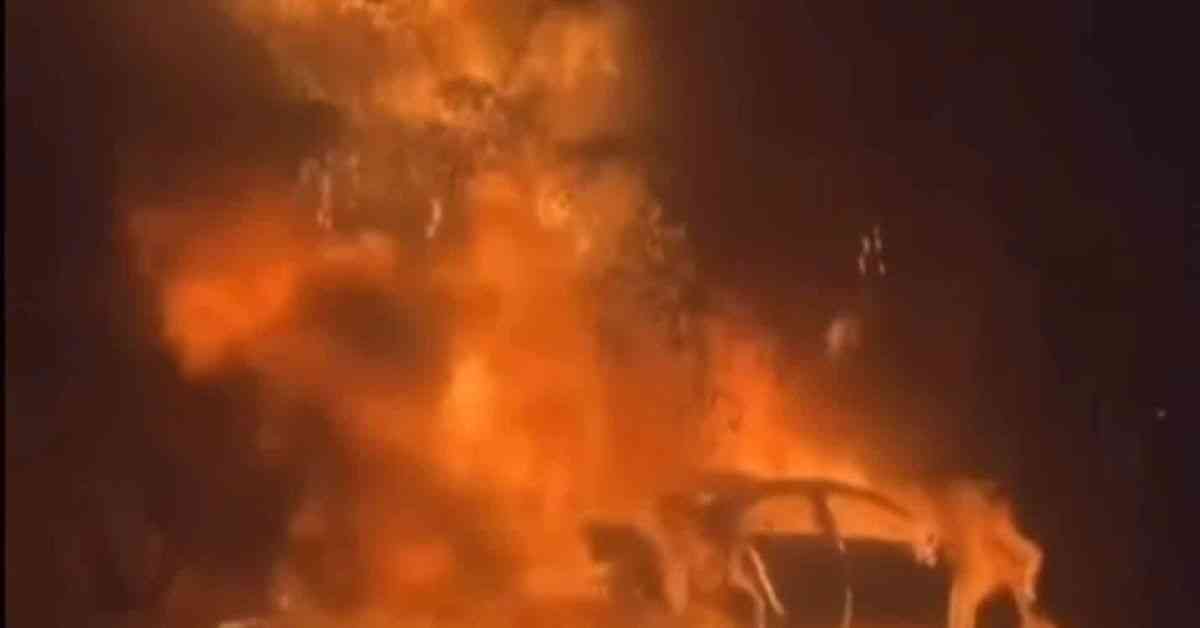Thirty-five years after the deadliest earthquake in Australia’s history shook the city of Newcastle, John McNaughton, the former lord mayor, reflects on the lessons learned and the risks that still exist. On Thursday, December 28, 1989, at 10:27 am, a 5.6-magnitude earthquake struck Newcastle, causing devastation that lasted just six seconds but left 13 people dead, 162 injured, and thousands of buildings reduced to rubble.
A Personal Account of Tragedy and Resilience
As McNaughton recounts the fateful day, he vividly remembers being on his sailing boat at Tea Gardens when the earthquake hit. Shocked by the aftermath, he quickly realized the extent of the devastation near the coast and rushed to the city to help. Arriving at the collapsed Newcastle Workers Club, where nine people lost their lives, McNaughton faced the difficult decision to withdraw rescue crews due to safety concerns, highlighting the challenges faced during the disaster.
Lessons Learned and Future Risks
Despite the progress made in disaster planning and emergency response training over the past 35 years, McNaughton expresses concerns about the city’s preparedness for another earthquake. With historical records showing Newcastle has experienced major quakes in the past, he warns that the community must be educated on how to respond effectively, especially around schools. Urging for emergency protocols similar to those in US cities, McNaughton emphasizes the importance of keeping roads clear for authorities to reach affected areas promptly.
Impact of the Newcastle Earthquake
The toll of the 1989 earthquake was significant, with 13 lives lost, 50,000 buildings damaged, 300,000 people affected, and an estimated $4 billion in damages. The effects of the quake were felt over a vast area, highlighting the widespread impact of such a natural disaster. As McNaughton reflects on the resilience and unity displayed by authorities and the local community during those dark days, he stresses the need for ongoing preparedness and education to prevent future tragedies.
In conclusion, the legacy of the Newcastle earthquake serves as a reminder of the importance of disaster readiness and community cooperation in the face of adversity. As McNaughton’s story illustrates, while the past cannot be changed, the future can be shaped by proactive measures and collective efforts to ensure the safety and well-being of all residents in the event of another earthquake. Let us heed the lessons of history and work together to build a more resilient and prepared community for the challenges that lie ahead.












